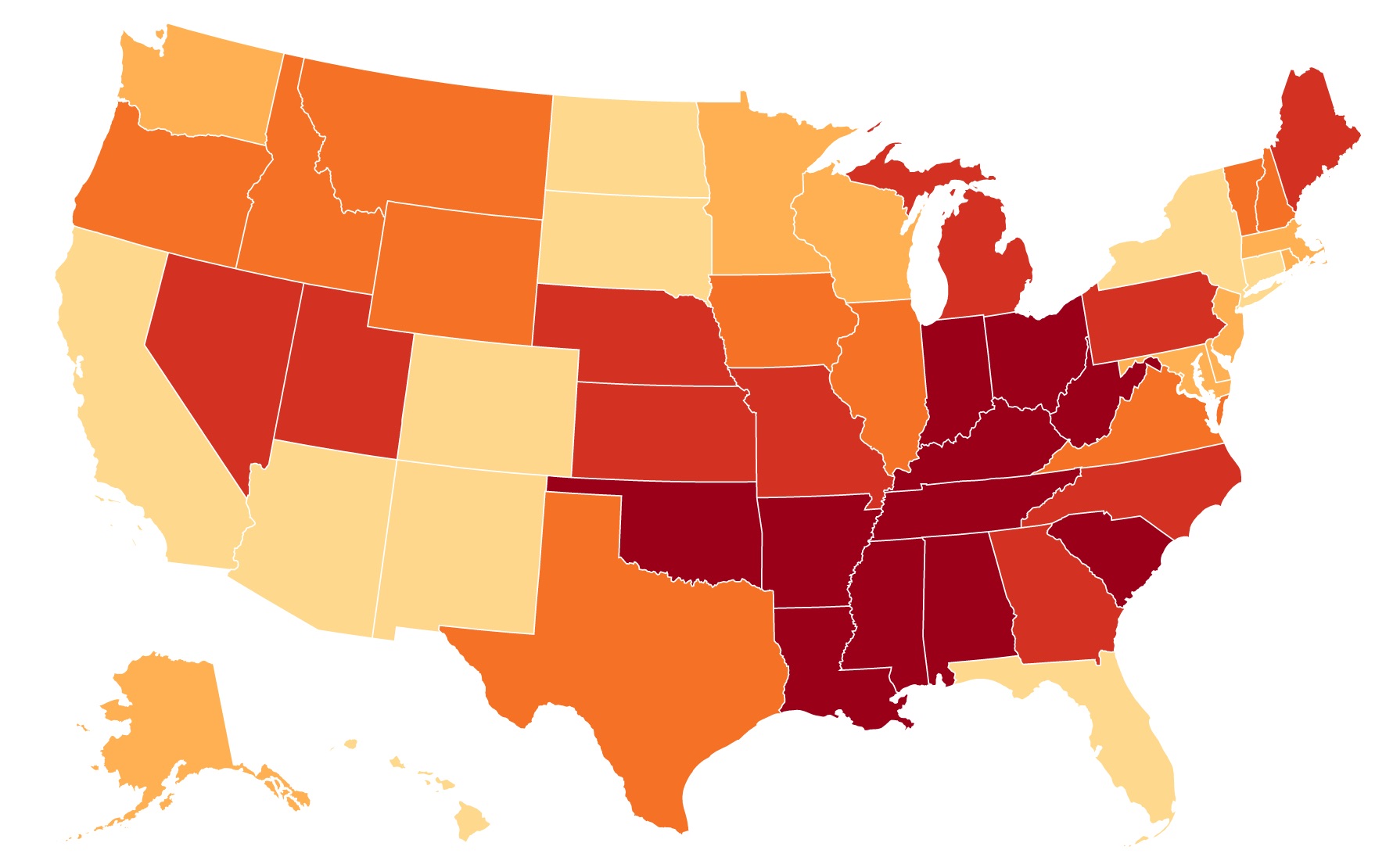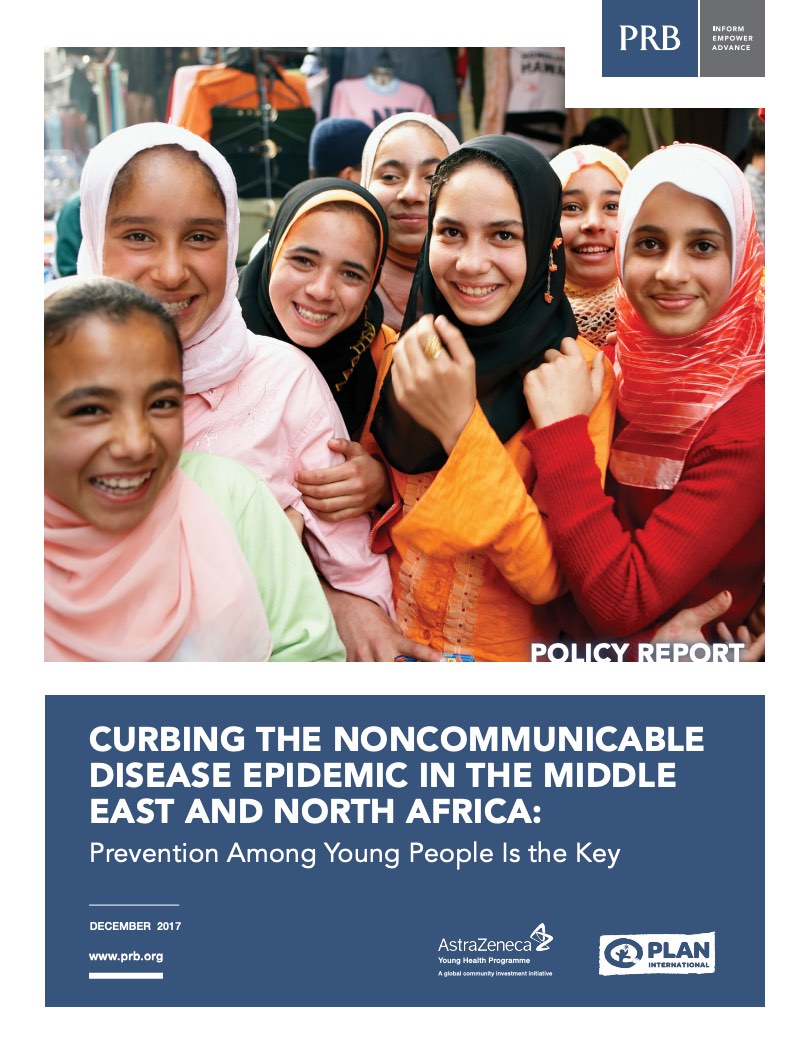La lutte contre la stigmatisation et la discrimination liées au SIDA
(2002) Le débat s'intensifie sur la meilleure manière d'éliminer le stigmate attaché au SIDA et la discrimination qui en résulte au sein des milieux internationaux de la santé, alors que les experts tentent d'éradiquer ces obstacles rebelles à la prévention et au traitement du VIH/SIDA. Si l'on reconnaît de plus en plus que les programmes de lutte contre le VIH/SIDA doivent s'attaquer de front à ces questions, les chercheurs n'ont toujours pas trouvé de méthode efficace qui permette d'assurer le suivi des changements d'attitudes à l'égard des personnes affectées.





